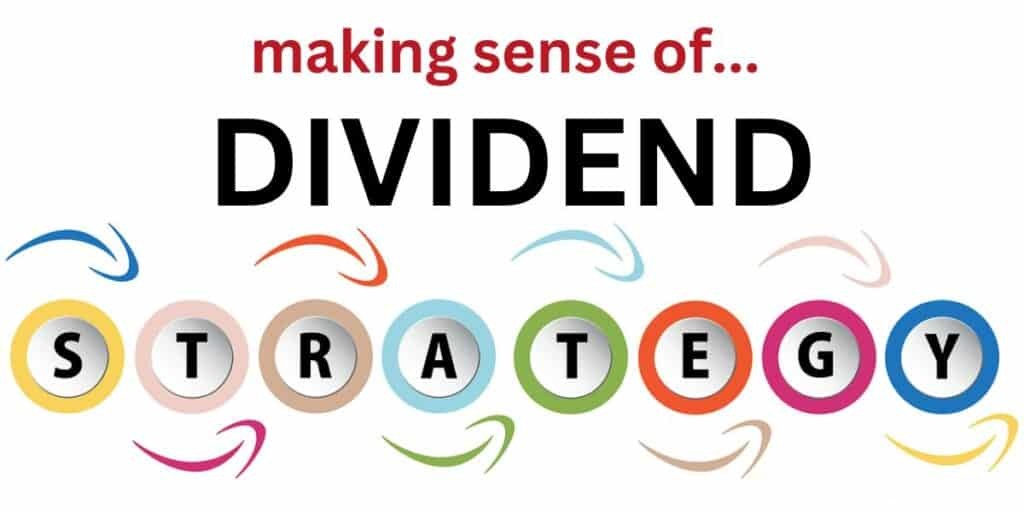Developing a dividend investing strategy involves careful planning and consideration of your financial goals, risk tolerance, and investment timeline.
Step-by-step guide to help you create a dividend investing strategy –
Set Your Financial Goals:
Determine why you want to invest in dividend stocks. Is it for income, long-term wealth growth, or both? Your goals will influence your strategy.
Assess Your Risk Tolerance:
Understand how much risk you are willing to take. Dividend stocks can be relatively stable, but they are not risk-free. Assess your comfort level with market fluctuations.
Create a Diversified Portfolio:
Diversification is key to managing risk. Spread your investments across different sectors and industries to reduce exposure to individual stock risk.
Choose Dividend-Paying Stocks:
Look for companies with a history of paying dividends consistently. You can use financial news sources, stock screeners, or consult with a financial advisor for guidance.
Evaluate Dividend Yield:
Dividend yield is the annual dividend payment divided by the stock’s current price. It indicates the percentage return on your investment. Higher yields typically mean more income but may come with higher risk.
Examine Dividend Growth:
Companies that consistently increase their dividends over time often signal financial stability and growth. Look for a track record of dividend growth.
Analyze Financial Health:
Assess a company’s financial statements, including income statements and balance sheets, to ensure it has the capacity to sustain and grow its dividend payments.
Consider Payout Ratio:
The payout ratio is the percentage of earnings a company pays out as dividends. A lower payout ratio suggests more room for future dividend increases.
Review Dividend History:
Look at a company’s dividend history to understand how it has performed during economic downturns and recessions. Consistent dividend payments are a good sign.
Stay Informed:
Keep up with news and developments related to your dividend stocks and the overall market. Economic conditions can impact dividend payments.
Reinvest Dividends:
Consider reinvesting dividends to purchase more shares, which can compound your returns over time. Many brokerage accounts offer automatic dividend reinvestment plans (DRIPs).
Monitor and Adjust Your Portfolio:
Regularly review your portfolio to ensure it aligns with your goals and risk tolerance. Make adjustments as needed based on changes in the market or your financial situation.
Tax Considerations:
Understand the tax implications of your dividend income, as tax rates on dividends can vary. Consult a tax professional for guidance on tax-efficient investing.
Long-Term Perspective:
Dividend investing is often a long-term strategy. Be patient and resist the urge to react to short-term market fluctuations.
Seek Professional Advice:
If you’re unsure about how to develop or manage your dividend investing strategy, consider consulting with a financial advisor who specializes in income-oriented investments.





